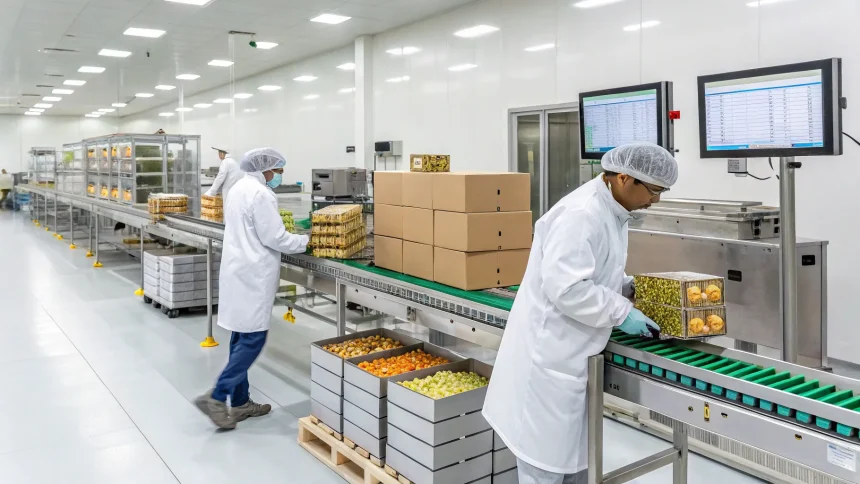India’s Goods and Services Tax (GST), introduced as a streamlined taxation system, has created unexpected complications for the country’s thriving packaged food industry. What was meant to simplify tax structures has instead introduced a complex web of classifications that food manufacturers must navigate for every ingredient, seasoning, and product innovation they bring to market.
The packaged food sector, one of India’s fastest-growing industries, now faces regulatory hurdles that affect everything from product development to pricing strategies. Companies must carefully consider tax implications at each stage of food production and distribution.
The Promise vs. Reality of GST
When GST was implemented, it aimed to replace multiple indirect taxes with a single unified tax system. For the food industry, this initially seemed like a positive development that would reduce compliance burdens and create a more efficient marketplace.
However, the reality has proven more complicated. Food products now fall under various tax slabs ranging from 0% to 18%, depending on factors such as processing level, packaging, and even specific ingredients used. This classification system has created confusion among manufacturers and distributors alike.
A simple addition of seasoning or flavoring can move a product from one tax bracket to another, significantly affecting its final retail price. This tax differentiation has forced companies to reconsider product formulations based on tax implications rather than consumer preferences alone.
Impact on Innovation and Growth
The tax complexity has particularly affected product innovation in the sector. Food companies now evaluate potential new products not just on market demand and production costs, but also on how they will be classified under the GST framework.
For smaller food manufacturers with limited tax expertise, this additional layer of complexity presents a significant barrier to growth. Many report spending considerable resources on tax consultants and compliance measures that could otherwise be directed toward product development or market expansion.
The situation has created an uneven playing field where larger corporations with dedicated tax departments can more easily navigate the system, while smaller players struggle with compliance costs and uncertainty.
Industry Response and Adaptation
The food industry has responded to these challenges in several ways:
- Creating specialized tax compliance teams focused specifically on food product classification
- Developing alternative formulations of popular products to achieve more favorable tax treatment
- Advocating through industry associations for clearer guidelines and more consistent application of GST rules
Some manufacturers have found creative solutions by reformulating products or adjusting packaging to qualify for lower tax rates. Others have absorbed tax increases to maintain competitive pricing, though this approach has squeezed profit margins.
Industry experts note that the GST Council has made several amendments to address concerns, but the frequent changes themselves have created additional compliance challenges for businesses trying to keep pace with evolving regulations.
Consumer Impact
The tax variations have also created confusion among consumers, who often don’t understand why similar food products can have significantly different price points based on seemingly minor differences in ingredients or preparation methods.
Price sensitivity in the Indian market means that even small tax-related price increases can significantly impact consumer purchasing decisions, especially in the mass market segments where competition is fierce.
The inconsistent application of GST has also led to regional variations in food product availability, as manufacturers sometimes limit distribution of certain products to states where tax interpretations are more favorable.
Despite these challenges, India’s packaged food sector continues to grow, adapting to the tax environment while meeting increasing consumer demand for convenience and variety. The industry remains hopeful that ongoing dialogue with tax authorities will eventually lead to a more straightforward and consistent application of GST principles that truly delivers on the original promise of simplicity.









